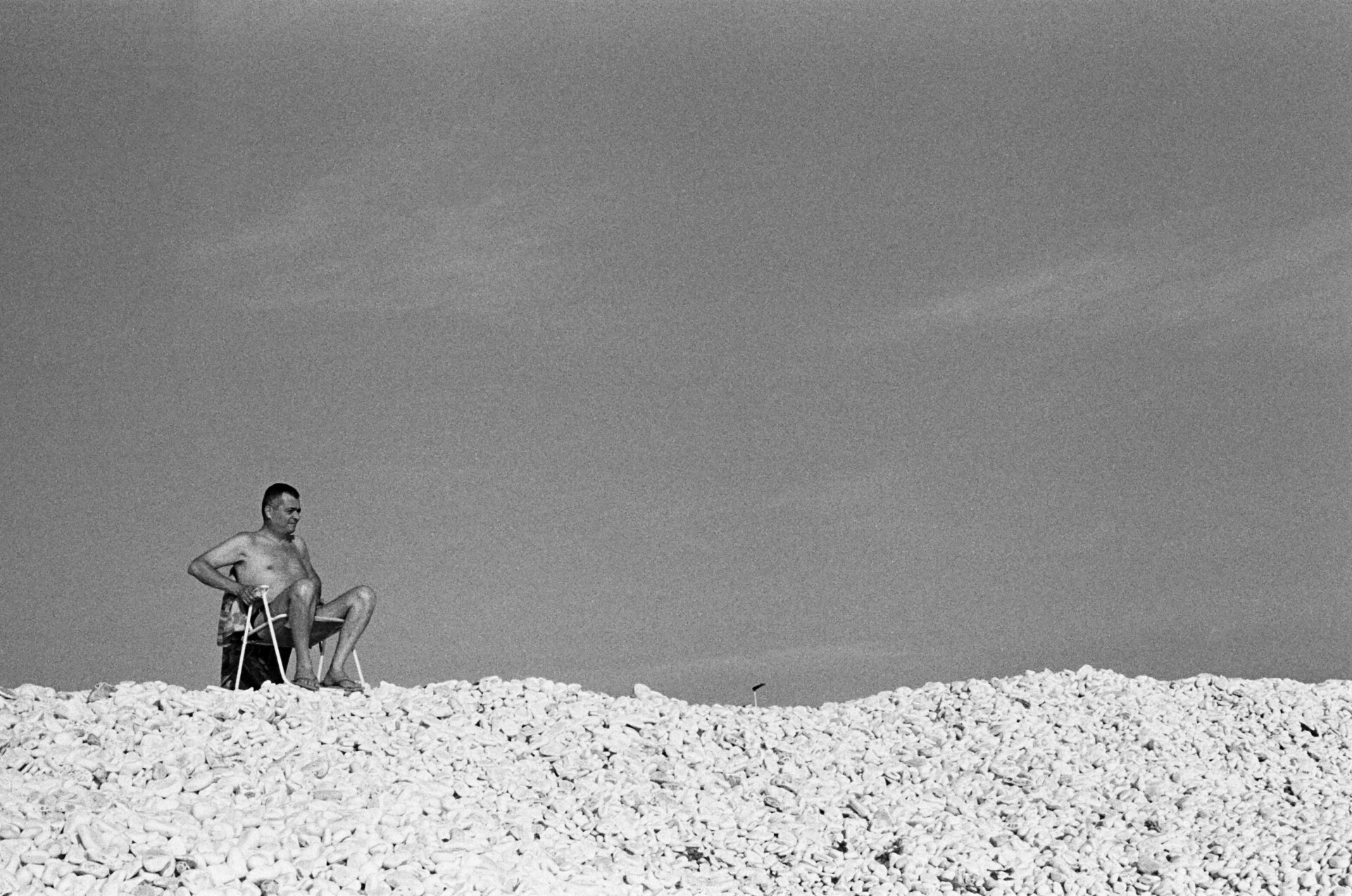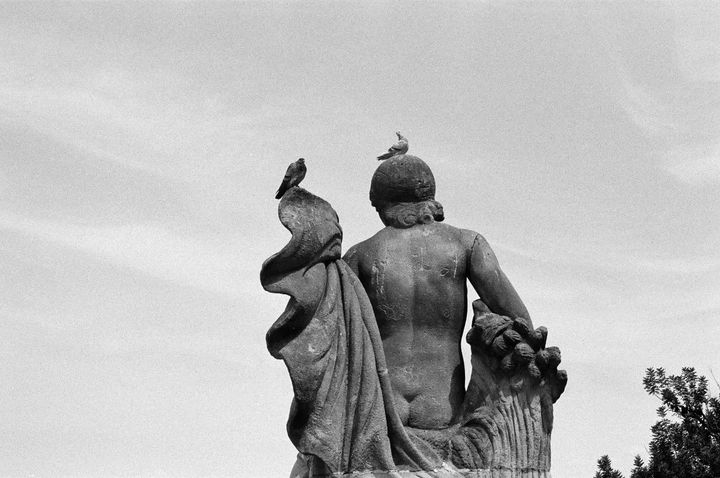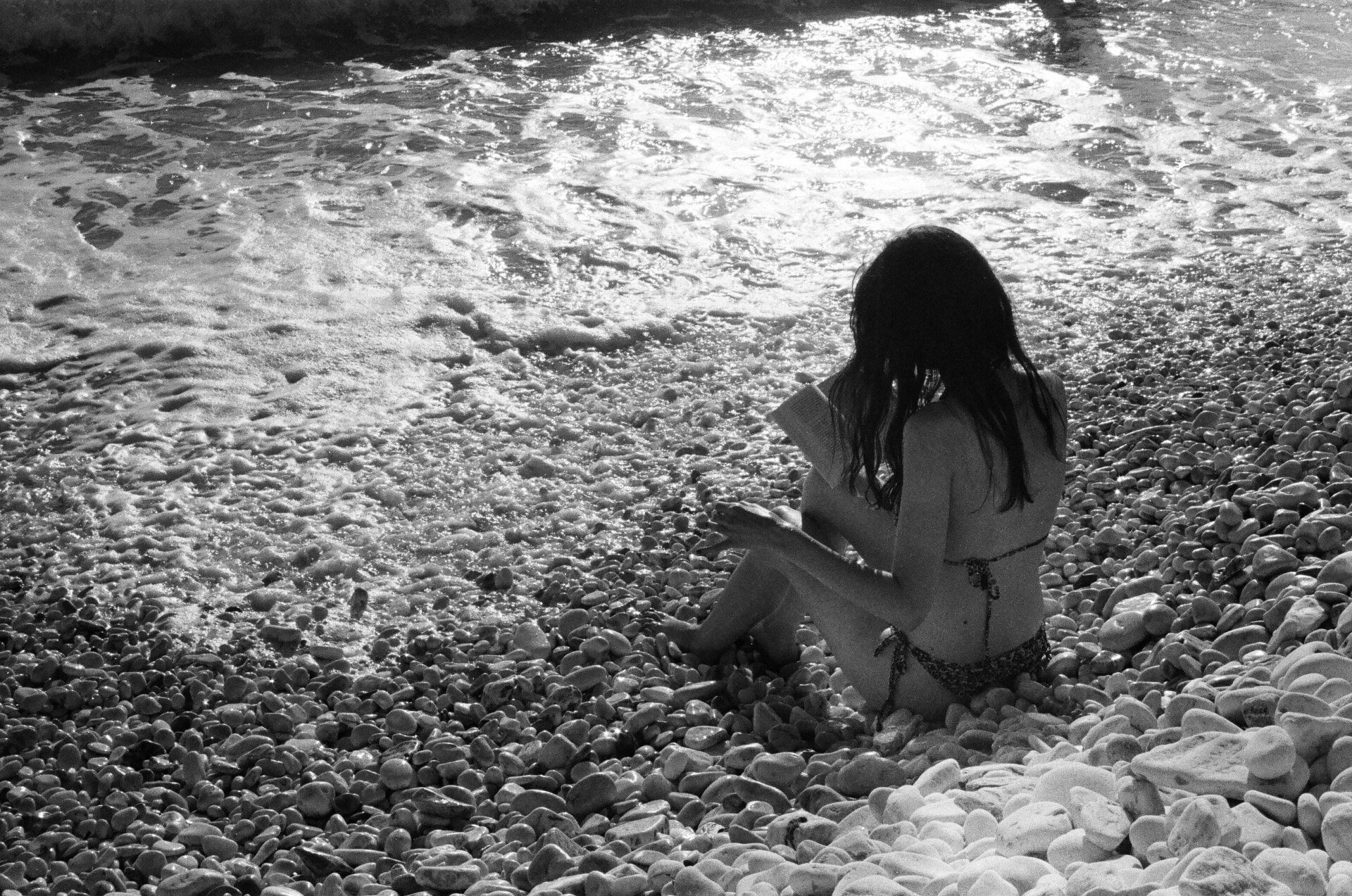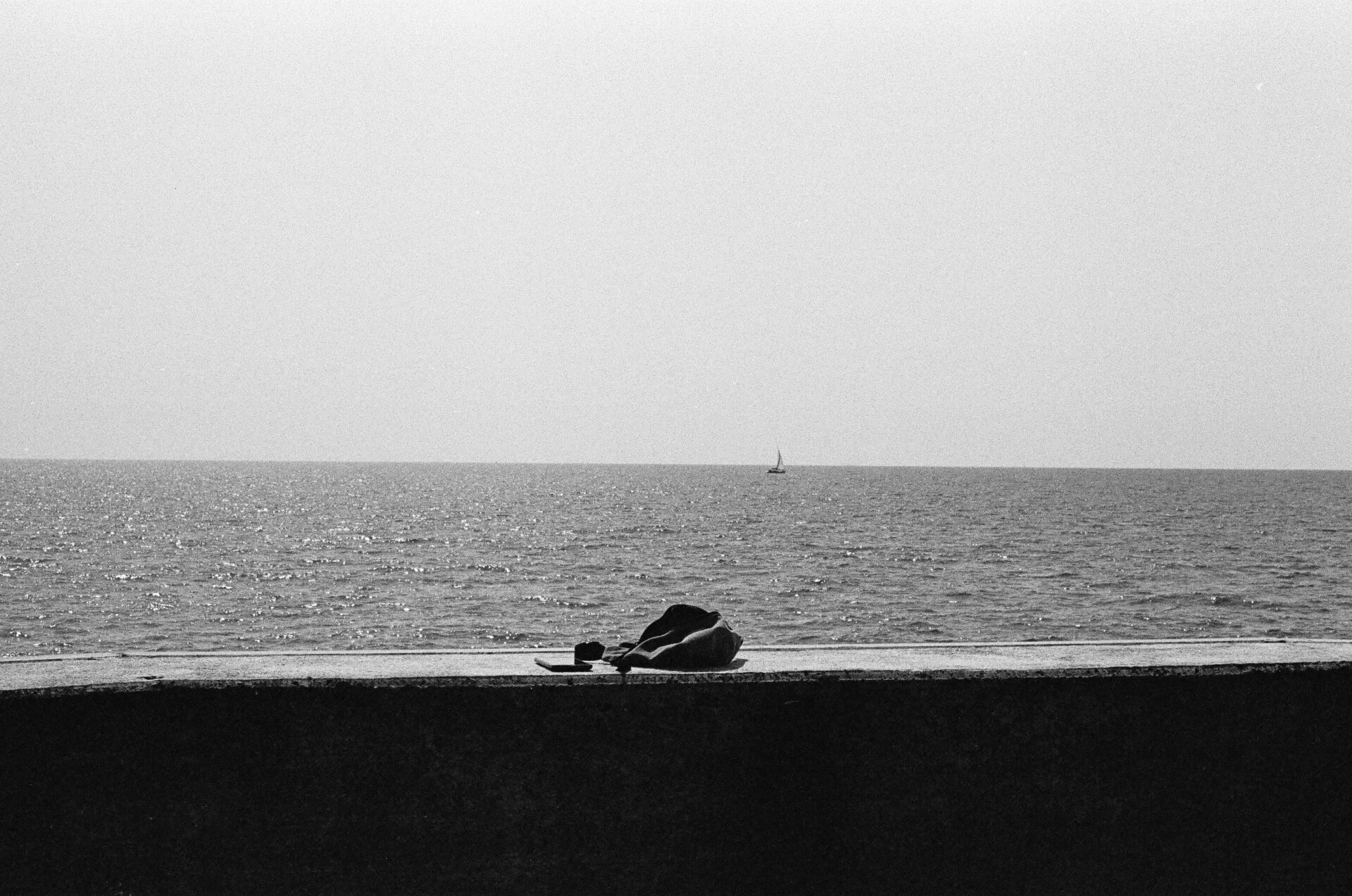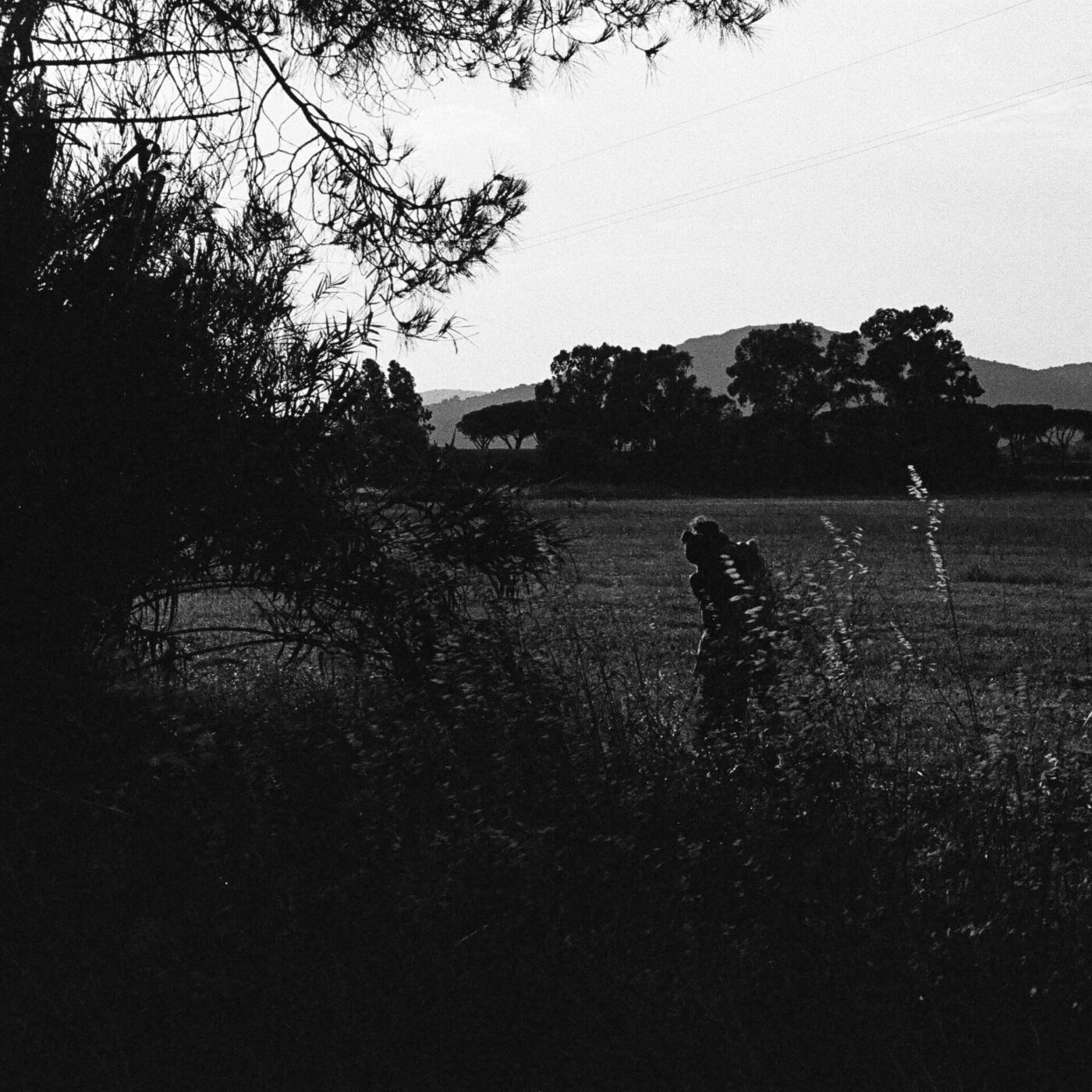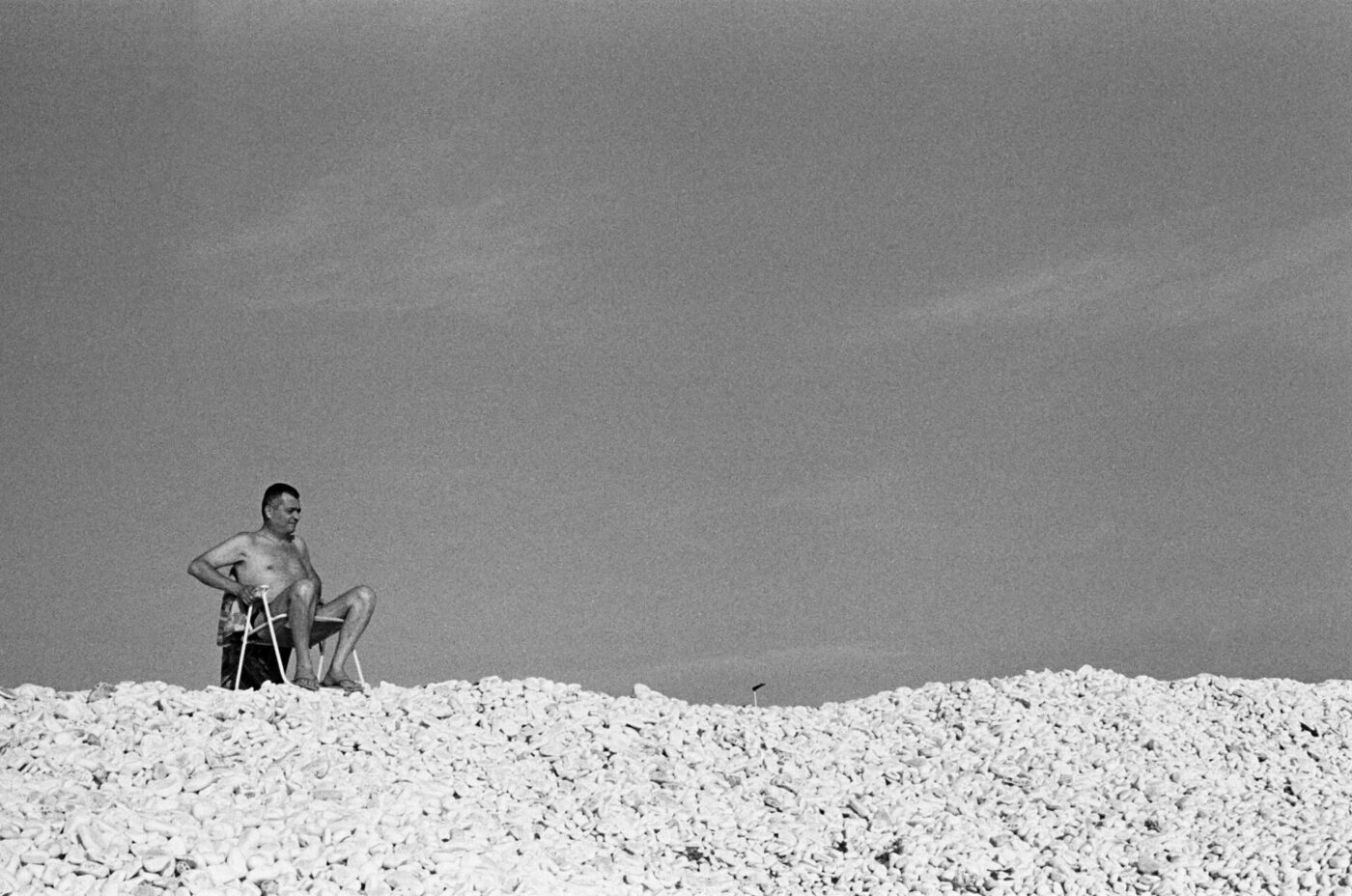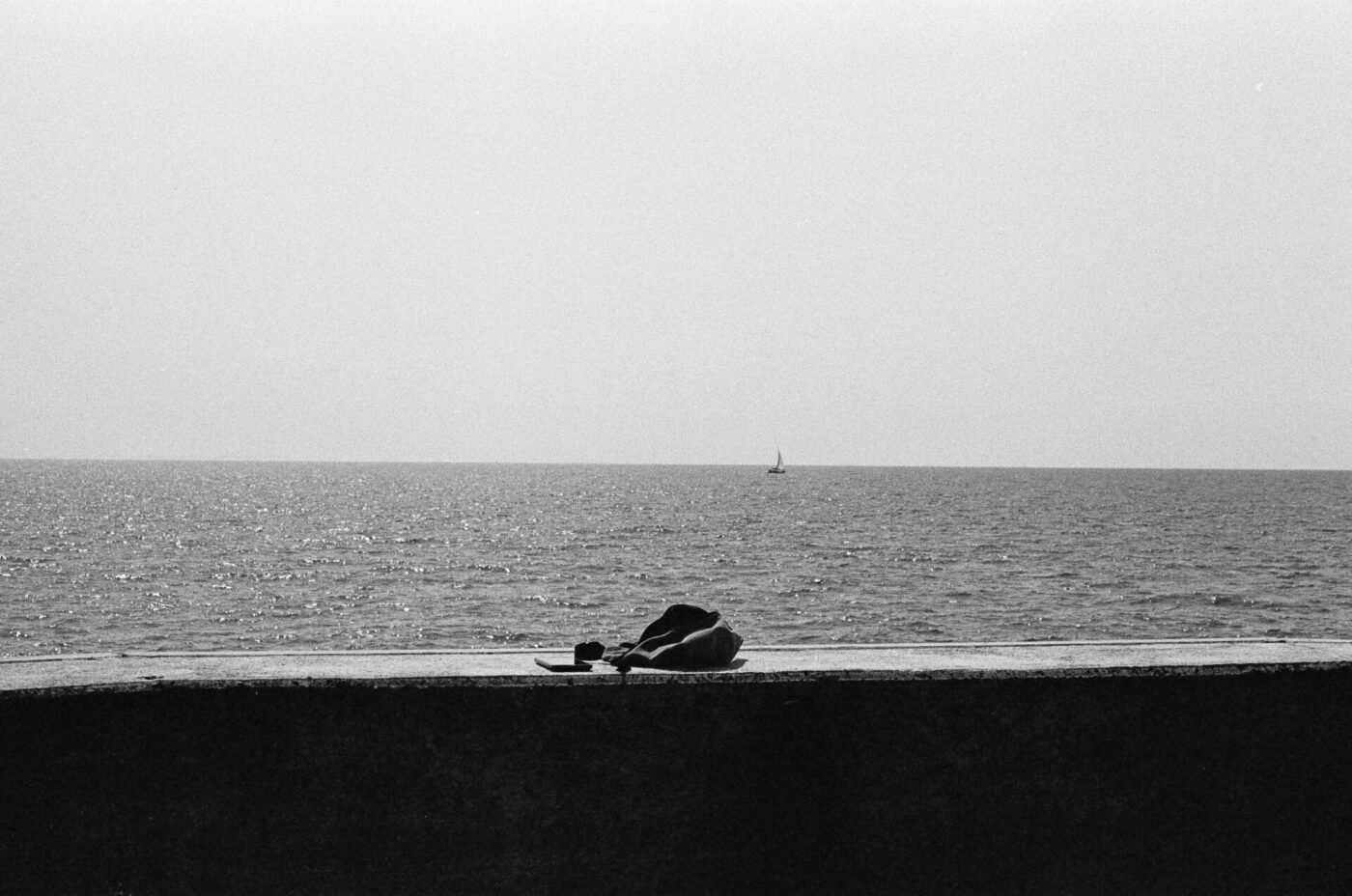Francesco Serpico might never have become a photographer if he didn’t break a chair at the party of his ex-girlfriend’s best friend. Well, it’s not so important that he broke the chair. The important part is that the artisan workshop and cultural space (Ex Asilo Filangieri in Naples) where he took it to be repaired had a dark room. This was where Serpico met Segolene Chassain, a French photographer from Brussels who would become his first teacher. While he waited for the chair to be fixed, Chassain introduced Serpico to the captivating medium of film photography, showing him the process she followed to develop film in the dark room. She encouraged Serpico to take up a camera and start shooting his own films. Just like broken hearts, broken chairs can be a blessing in hindsight.
Some aspects of photography simply can’t be taught. Sure, you can have a consistent style or experimental technique, but emotional sensitivity and an intense curiosity about life are innate gifts. Part of Serpico’s job as an actor is to be a vehicle for these qualities, transmitting them from the film set or the stage to the audience. However, it wasn’t until he picked up a film camera that he realised how important it was to explore them for himself. Neapolitan-born and raised, Serpico (who landed his break-out role in 2018 as Nino Sarratore in the coming-of-age series My Brilliant Friend) is what some would call a multi-faceted creative spirit, the kind of person who has a quiet inner wisdom that seems to span multiple lifetimes. He reflects on the fact that, as an actor, his artistic pursuits are always fulfilled in the public realm, always for other people. Discovering photography opened the door to an interior world where Serpico could create something just for himself.
“Once I started shooting, I began to see the world in a completely different way. It was a gift for me, one of the few things in my life that allowed me to be present with myself. Whatever the moment or journey is, I take it for myself when I have the camera in my hand,” he adds.
When you speak to Serpico in person, his eyes do strike you as the kind of eyes that really “see”. They are curious and engaged, and his calling to the artform makes even more sense. You can ask about people, spaces and places that “inspire” him–and there’s no shortage of these in Italy–but something tells me his real motivation for photography doesn’t come from a place or a possession, but rather, from a need to give himself to the world.
“When I’m in love with someone, something or some idea, the photos that I take are full of a meaning that I don’t even really understand at the time, but that I understand afterwards when I develop the images. In the moment, I might feel like I’ve taken a bad photo, but, in hindsight, I look at that same image and feel the love of the journey, and the love that I felt in the moment.”
Most of Serpico’s landscapes are shot in black and white: contemplative panoramas of cities including Naples, Rome, Florence and Pisa that capture a sense of mindful serenity, which often seems impossible to find in these chaotic, tourist-packed places. As seen in his cropped shots of elements like a woman’s tattooed thigh against the background of a sparkling Cilento river, or a feminist rally surging with spirit in front of Florence’s Duomo, his work presents contrasts between a depth of field and intimate details, between the natural world and the built environment, between people and place.

Compared to the other settings–large, urban centers–Pisa seems like it might not fit into the picture, but it’s the city that changed Serpico’s life. He first visited three years ago to see his best friend who, at the time, was living by the river in a creative community hub at Casa Maloca. It’s always a good sign if you go somewhere in Italy for three days and end up staying for three weeks. He recalls being intrigued by an electric energy in this circle of artists and musicians, a different universe to Serpico’s reality of medical school studies at the time. He photographed Pisa like there was no tomorrow, realising that the city not only represented the way he wanted to live, but “the way I wanted to learn from life.” The city influenced his decision to quit medical school and to devote all his time and energy to acting. The philosophy of the city resonated deeply with Serpico; something just clicked. Pisa is, and always will be “the centre of my heart and the centre of my art,” he shares.
It doesn’t matter if he’s fishing off the Marina di Pisa or running to catch a train to Venice, you won’t find him without his Yashica K-1000 film camera. It’s more than a companion: it’s an object of liberation amidst the frantic reality of daily life. It’s not that he wants to remove himself from everyday life–in fact, quite the opposite. He experiences these moments more deeply through the camera lens, fully present to perceive them in a way that most people don’t. Even if you don’t know Francesco Serpico personally, you feel as though you do–and intimately–just by looking at his images, which directly reflect his internal landscape at any given time. As a viewer, you appreciate that if an image of a Venetian seashore at dusk has a sense of solitude about it, it’s because Serpico was completely alone in the moment it was taken. His images express the idea of a “moment of truth” because they don’t ask the viewer to consider what was or what could be. They simply ask us to observe what is, a precise moment that can never be replicated.
“When my heart is an open landscape, generally I shoot those landscapes. When my heart feels busy and full of people, love and connections, then I usually find subjects in my frames. I love capturing the connections between people, especially in situations when they themselves are living in the moment and not concerned with their appearance or ego,” he says.
Technically speaking, Francesco Serpico says there’s no formula for taking a good shot. Don’t bother trying to stand in one spot for 20 minutes and wait for that strange cloud to move a bit to the left of the umbrella. This approach doesn’t really work for him, because, like all art forms, he believes photography is about feeling and less about thinking. It’s really quite simple: if Serpico feels summoned by something, he shoots it.
He’s certainly not the kind of photographer who wants to impose a “Francesco Serpico style” on anyone who views his work. Viewers find meaning in his images based on their own personal and emotional experiences.
“Sure, I would love to be more technical in my approach, but ‘doing less’ is something very important to me, not just in my work, but generally in my life. Photography has taught me how important it is to live with less and make the most of what’s in front of you. When you shoot on film, you only have 36 image choices, so everything you shoot assumes a value it didn’t have before,” he says.
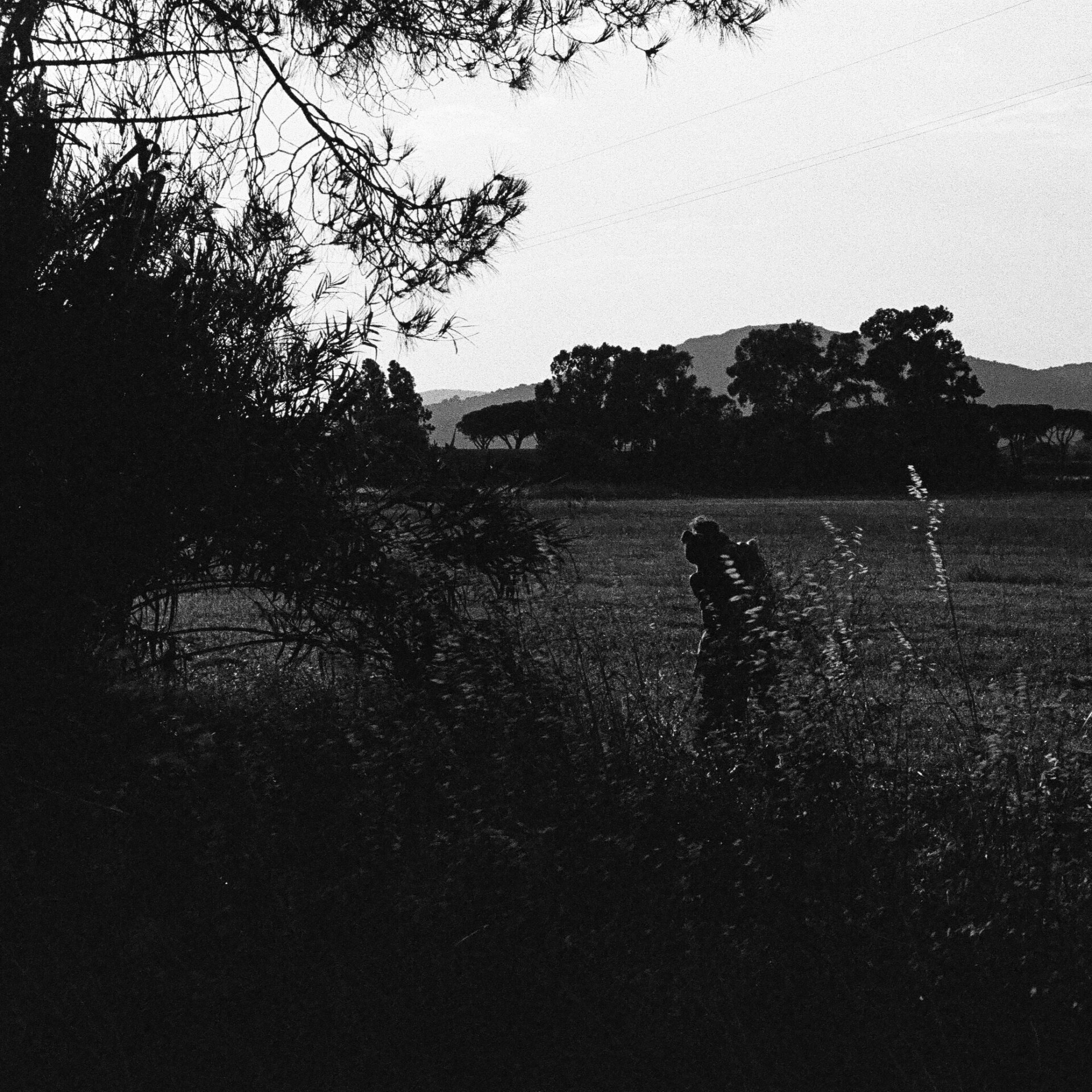
Everyone knows you should never ask a photographer what their favourite shot is. But Serpico naturally recalls a story behind a striking image of a couple embracing in the middle of a field. It’s the same image that struck me when I saw it online a few months before I spoke to him. He tells me it was shot in Civitavecchia in the summer of 2021, when he and his friends (the couple pictured) were travelling from Naples to Pisa. The group was stopped by police, an occurrence Serpico attributes to the fact that his friend sitting in the front seat was a woman of colour. The police started interrogating the group without reason, asking for documents, licenses and questioning them with suspicion.
“In the moment of fear and rage that followed after being stopped for what seemed like unwarranted racial reasons, we were full of mistrust for the generation of our parents. We stopped to smoke a cigarette and the couple, my friends, just went into the middle of the field and started kissing and hugging. This act was a mix of consolation and relief. For me, this moment was one of the most powerful expressions of how choosing love can triumph over fear,” he recalls.
Serpico has a lot of life advice for anyone, of any age, who wants to listen. To young photographers and creative spirits, he says: “travel alone.” But don’t just travel alone, travel alone with no expectations. To foreigners who love Italy he says: “Italy loves you too. This country has an openness to strangers that allows people to live ‘on the wind’ and follow their intuition.” To everyone else, he says: “Listen carefully.” You need to be able to find a sense of stillness in yourself in order to hear the things that are calling you in life–be it creative inspiration, intuition or love…
“When you can listen to it and honour it–whatever it is for you–the braver you are as a person and the more fulfilling your journey will be.”
